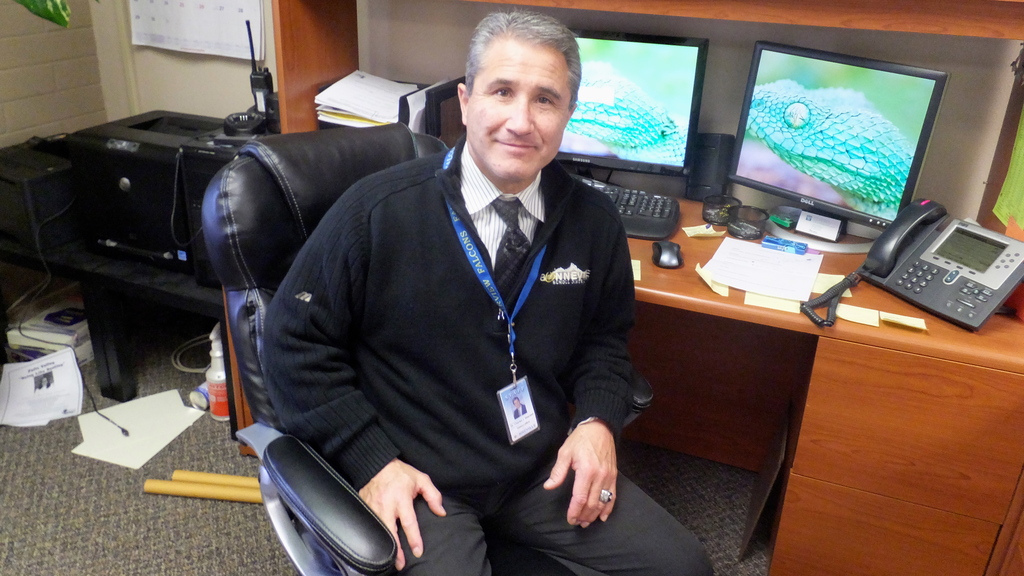IDAHO FALLS — Bonneville Joint School District leaders are considering year-round school – and pushing another bond issue – after voters defeating district expansion plans.
 Bonneville’s bond issue was the largest to appear on the ballot in Idaho in March. The $92 million plan to build a new high school, new middle school and complete district-wide improvements received 43 percent support, falling well short of the two-thirds supermajority needed to assure passage.
Bonneville’s bond issue was the largest to appear on the ballot in Idaho in March. The $92 million plan to build a new high school, new middle school and complete district-wide improvements received 43 percent support, falling well short of the two-thirds supermajority needed to assure passage.
Superintendent Chuck Shackett – the state’s reigning Superintendent of the Year – said highly organized anti-tax opponents successfully argued the project was too expensive and too large in scope.
“We learned we weren’t prepared to run a bond in a political fashion,” Shackett said. “We heard loud and clear that is not something the taxpayers were prepared to accept, and we’re looking to modify (our proposal).”
Shackett and district leaders aren’t running a new bond in the May 20 primary election, but are considering pushing a smaller bond issue in August, November or March 2015. Already, they are eyeing building it around a new high school, costing approximately $50 million.
Several factors will determine how the district proceeds. An existing $3 million supplemental levy is set to expire in 2014-15. Shackett wants to seek levy reauthorization from voters, but he doesn’t want to run a bond issue and levy on the same day.
Even if a revised bond issue is approved the next time it is put forward, new facilities would not be ready until 2018. In the meantime, Shackett and Deputy Superintendent Marjean McConnell said, the district’s high schools are overcrowded. Over eight years, the district built six new elementary schools. Those students are now advancing to high schools that are bursting at the seams.
District leaders surveyed parents at the beginning of the school year about preferences for managing growth. Year-round schooling was the best-received option. The district is preparing for year-round high school beginning in 2015-16.
The current school schedule would be scrapped in favor of a trimester model. Four 60-day academic sessions would be available each year – including one during the summer. Students would need to attend three of the four.
Even that could be costly and require leniency from the State Department of Education, McConnell said. Curriculum would need to be realigned, schedules would need to be adjusted, and if a full slate of teachers worked all summer, the state funding formula would probably need to be tweaked to reflect the change.

Additionally, the district would consider buying air conditioning systems for the high schools, in order to keep everyone comfortable. Officials would have to balance workloads in the summer – when maintenance and IT improvements are regularly scheduled.
“It was hard to get the message across to the voters there really is a high cost of doing nothing, to failing this bond,” Shackett said. “An alternative method of scheduling and plans to make students fit could cost tens of thousands if not hundreds of thousands of dollars just to pull off.”
